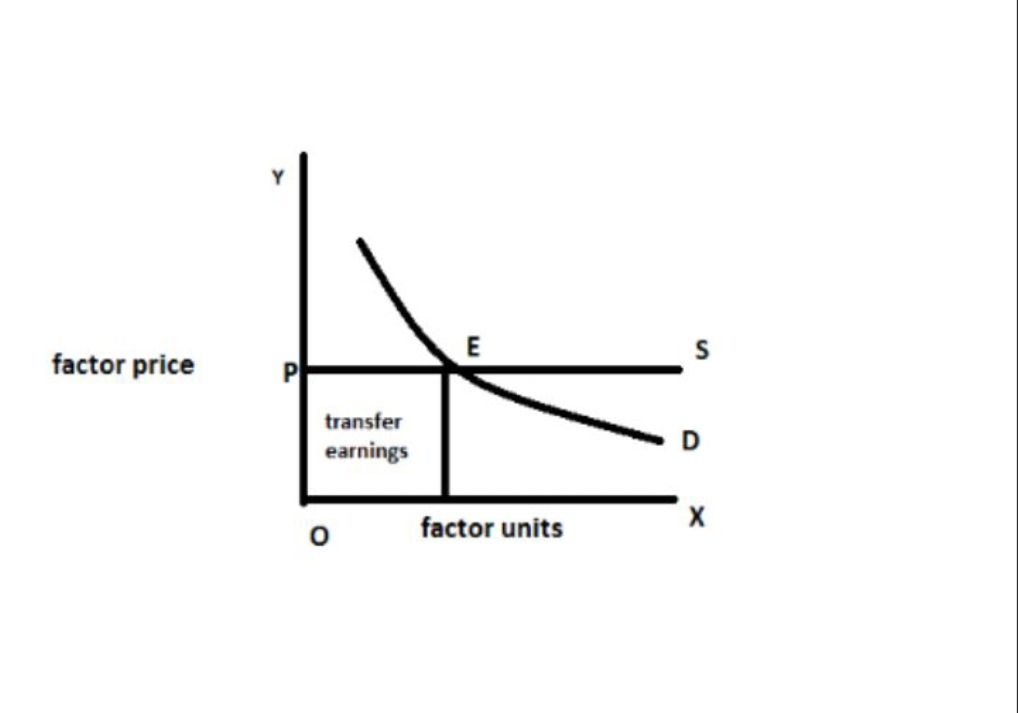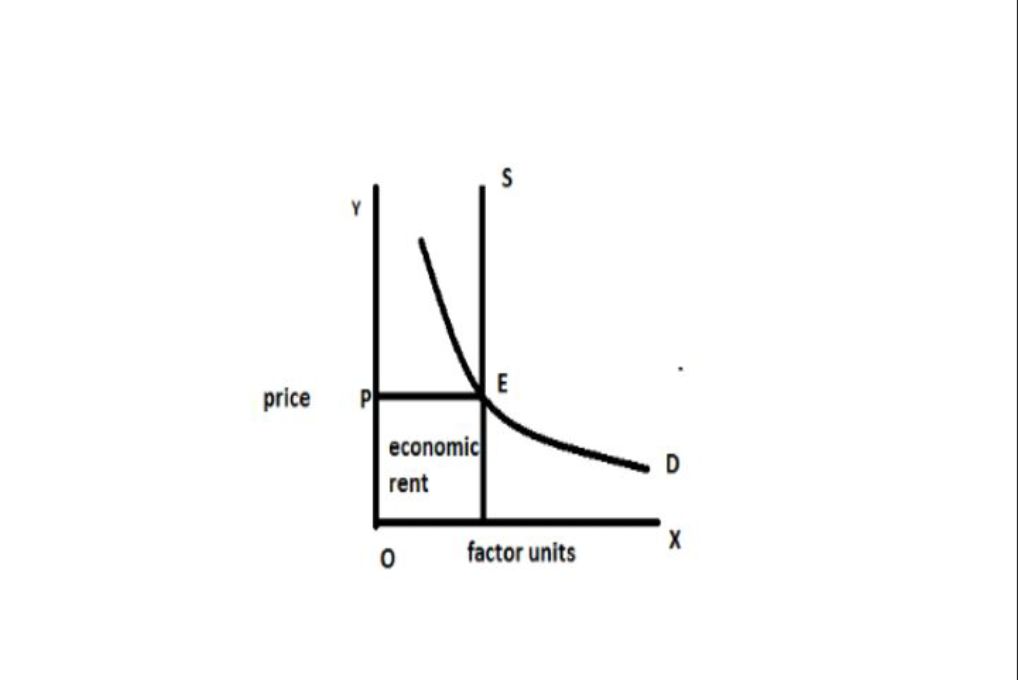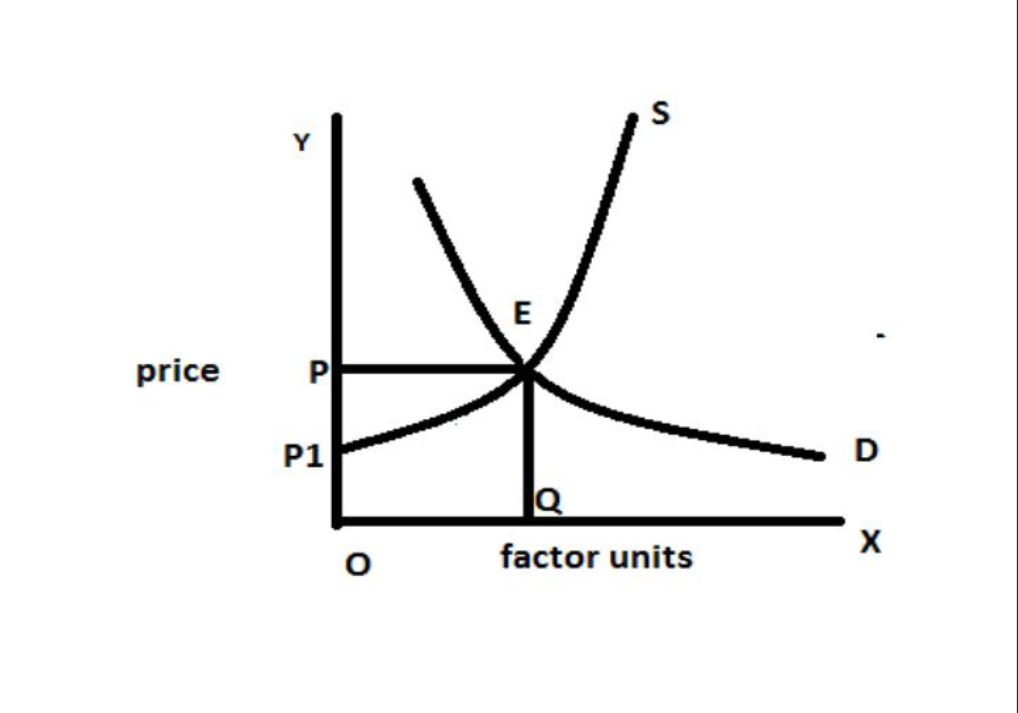Introduction:
Ricardo was of the opinion that rent arises due to differences in the fertility of land but the modern economist do not agree with him, they said that there is no need to have separate theory for determining rent because there is no special feature in land which distinguish it from other factors. They maintain that land is not a factor rather than a characteristic which is found not only in land but in other factors of production as well. The modern theory of rent is like this.
Modern theory:
According to modern economists, the only cause of rent is the inelastic supply of a factor. According to them rent arises not only on land but in all factors of production and it arise not to differences in fertility but because of scarcity of a factor.
There is a distinction between the rent which arises in land and which arises in other factors of production. There can be rent in an short run as well as in long run because in the long run also land is scarce but other factors of production are scarce only in the short run and get rent only in the short run.
Modern economists have tried to measure economic rent with the help of transfer earning. Economic rent with the different between actual earnings and transfer earnings. And transfer earnings are the payment which a factor units gets in its next best alternative uses. This is the amount which is available to a factor unit. if factor payment is less than this amount , he will not be willing to work. for example, MR.X is getting rupees 20,000 per month in a factory A , he can get RS 18000 per month in other next best factory B. hence Rs 18000 is transfer earnings. MR. X will continue to work in factory A till his salary gets reduce from rupees 20,000 to 18000. he would leave factory A and join factory B the difference of actual earning and transfer earning is the economic rent that is rupees 2000 in this case.
The relationship between actual earning and transfer earning depends upon the elasticity of supply of a factor. We can consider three situation of elasticity of supply in this regard
- If supply of a factor is perfectly elastic. The entire factor earnings will be transfer earning.

In figure, S is a perfectly elastic supply curve which intersects the demand curve D at point E. the factor price is OP and the total factor earning is OQEP. no factor unit would be available at less than factor price OP. A slight decline in a factor to leave that industry and ultimately the supply of the factor in the industry would become zero. in this case, transfer earning is equal to actual earnings and hence economic rent is zero.
- if supply of a factor is perfectly inelastic the entire factor earning will be economic rent because transfer earning is zero.

In the figure, S is the perfectly in elastic supply curve which intersects demand curve D at point E, where factor price is OP here actual earning is equal to OQEP and transfer earning is zero therefore the entire actual earning is economic rent.
- If supply of a factor is less than being perfectly elastic a part of the actual will be economic rent.

In the figure, S is the factor supply curve and D is a demand curve which intersects each other at point E. the total factor Income is equal to the area OQEP however, factor units less than OQ are willing to work at less than OP factor price. the distance between supply curve and OQ line is economic rent and OQEP is actual earning and OQEP is the transfer earnings thus economic rent is equal to PI PE.
also read: explain the law of returns to scale.